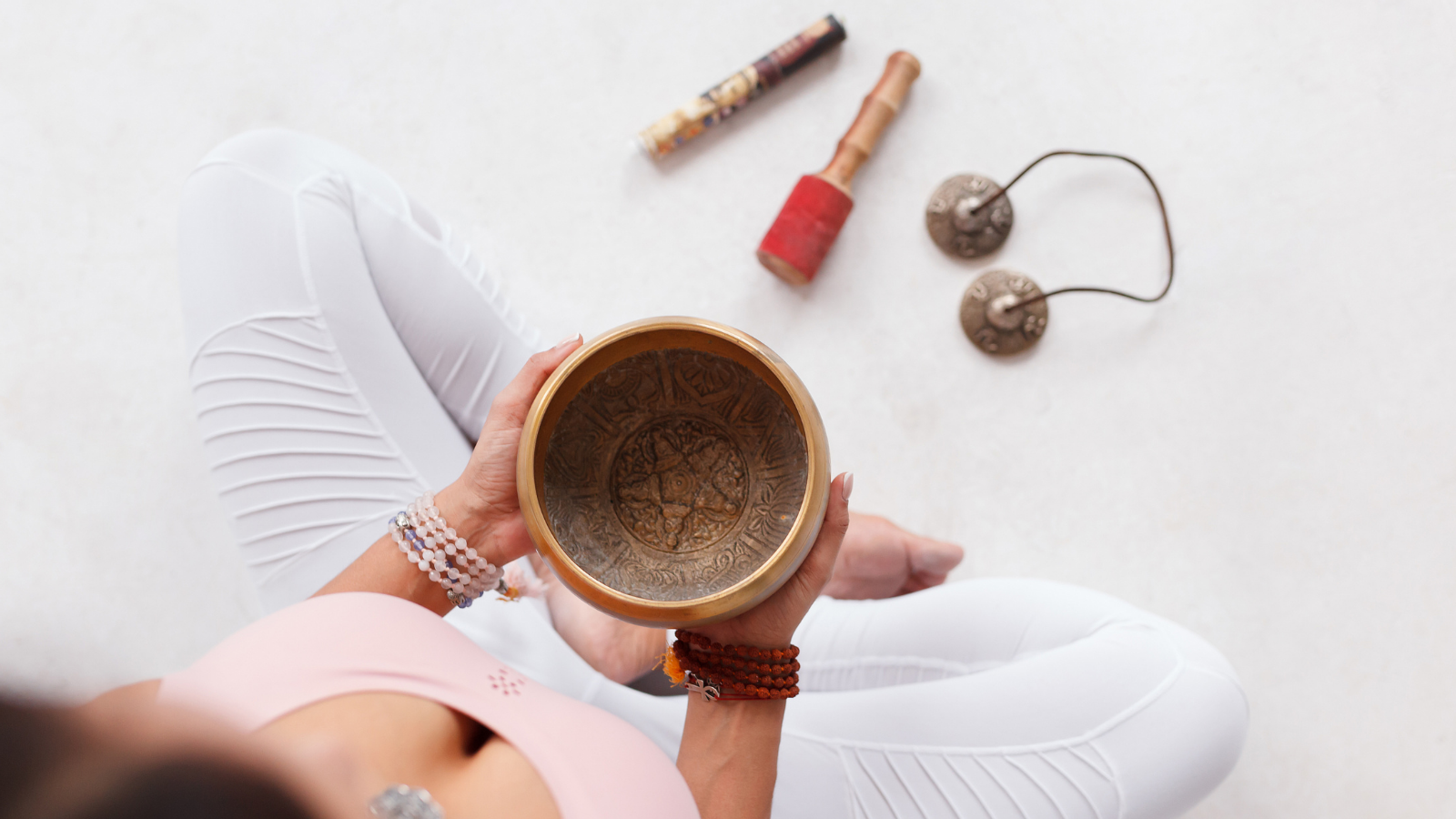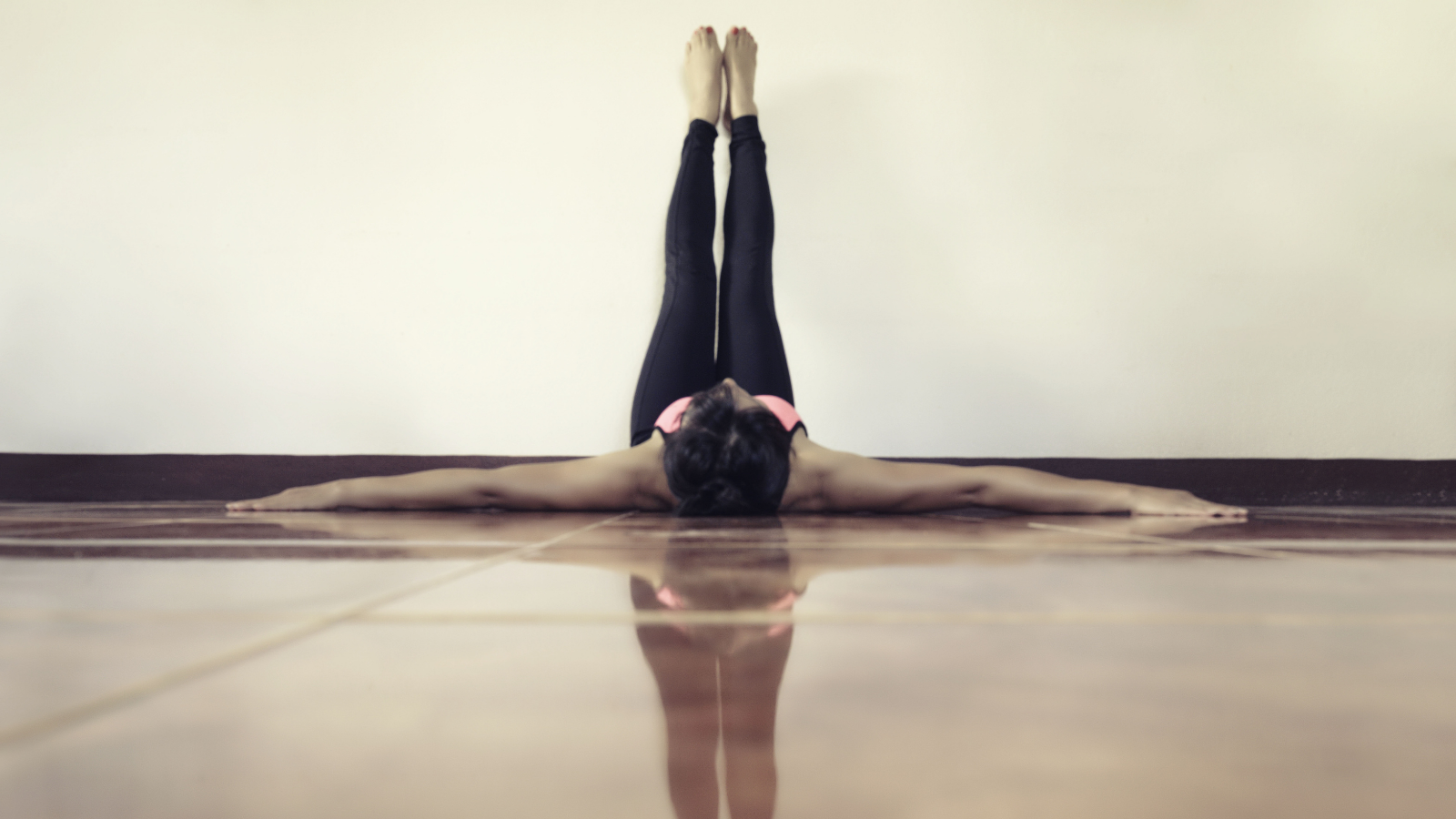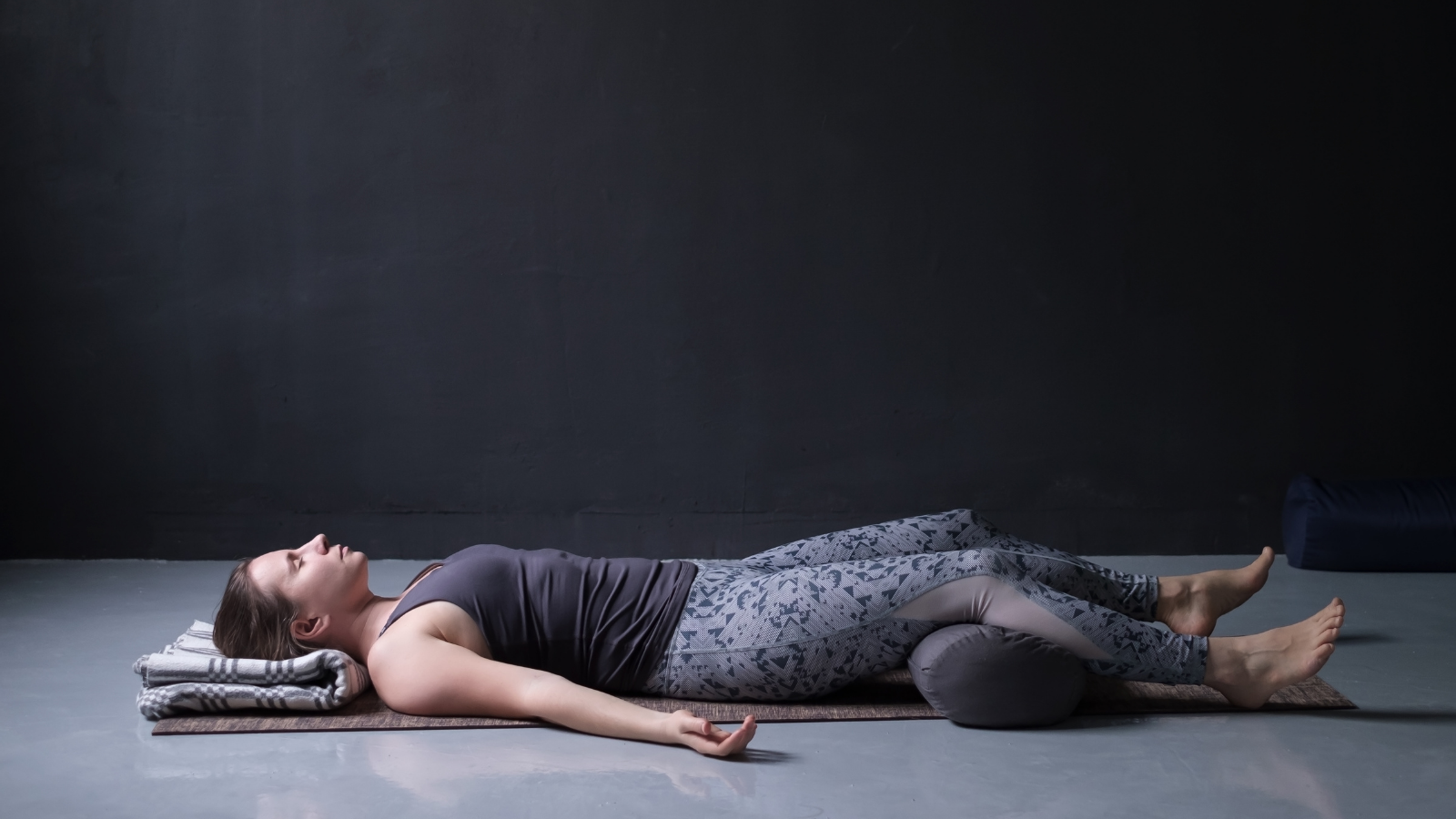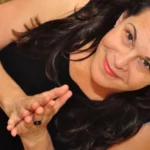Be Your Own Yoga Mentor
A Surprising Way to Inspire Your Yoga Practice

Recently, as the leaves began turning into the fiery foliage of fall, I found myself thinking about how to reignite my yoga teaching. I know I’m not alone in experiencing Zoom fatigue, but this felt deeper than that. I had become less inspired by teaching online than I was at the same time last year. From the vantage point of my own mat, my online classes had begun to feel less rich, less meaningful, leading me to wonder, “Is it the change of season, or is it just me?”
I ran through the checklist of possibilities, but all seemed to be on track: I was doing my own practice, I was challenging myself, and also taking rest. I was attending to self-care—doing my morning pages, my neti pot, taking a walk every day. I was going to an online yoga nidra class here and an asana class there. I booked a private lesson with a skillful teacher I sought out in my small town.
I switched up my class prep: I tried opening the room 20 minutes earlier and started playing groovy or soothing music to greet everyone. Sometimes I asked the first student in the Zoom room what they wanted to practice as a starting point. Other times, I jumped right in with a well-planned asana sequence. Yet, even when I did some of my own pranayama or practice right before class, the truth was, I felt disconnected. Not from my students, but from myself as a teacher.
A Surprising New Yoga Mentor

I no longer have my yoga mentor Maty Ezraty (of blessed memory) to come yearly to my class and later give me insightful feedback. I really miss that. I knew I could ask a yoga teacher friend for guidance—send them my Zoom class recording and get their input. I’ve recorded loads of classes over the past 19 months. I’ve sent the occasional recording to a student who had technical difficulties or who couldn’t make it to class in real-time. So it would be easy to send one to a colleague. Or better yet, I decided, I could roll out my yoga mat, gather my props, and “take” my own class.
Aha!!!
I changed my clothes, lit some sweetgrass, and floated the smoke around my yoga space. I picked a random class from just a few months back, set the right volume, and then pressed “pause.” As I have learned and have so often taught, we start by stopping. I set my intention to not judge the “me” on the monitor; rather, I was simply going to practice yoga with the rest of the class. I could critique it all I wanted later with my teacher’s eye and ear, but for now, I was preparing to practice as my own yoga student.
Practicing Yoga with Yourself as Yoga Mentor

I began by chanting the Sahana Vavatu invocation between teacher and student:
“Om
Together may we be protected
Together may we be nourished
Together may we work with great joy
May our journey together be brilliant and effective
May there be no bad feelings between us.
Om Peace Peace Peace “
I figured that was the right chant because I certainly didn’t want this experiment to create bad feelings between “Me” and “Myself.” The invocation helped me to open my heart to whatever I was about to experience.
I took one more breath, got up, and pressed “play.” I got through the entire class without even one self-judging eye roll. I gave my whole self to the practice. It was not only instructive but, in some ways, revelatory.
How Self-Reflection Can Elevate Your Yoga Teaching

Upon reflection, I did have some questions about the sequencing of the class—the order of a few standing poses, for instance. I also noticed a couple of times that I would’ve liked a little more stillness after a calming inversion such as Legs-Up-the-Wall Pose (Viparita Karani), or a simple backbend like the Locust Pose (Salabhasana), to absorb the full effect of the postures. There’s no rush. These are helpful perceptions that I will bring with me into my next online class.
A great surprise was that I had truly practiced Relaxation Pose (Savasana) with the recording. My mind was set free and I rested deeply. I was slow to rise, as the teacher-me gave us permission to remain in the resting pose as long as we wanted. I noticed I wanted more time to sit together with the group in silence before we closed the practice. That was a familiar epiphany. The whole point of an asana class, I am grateful to remember, is to get the body steady, open, relaxed, and still, all in service of sitting comfortably at the end to meditate. I hadn’t made enough space, I realized, for quiet contemplation, before we transitioned from the practice to our daily activity.

Deep Silence: The Purpose of Yoga Practice
According to Patanjali’s Yoga Sutra (1:2), “Yogas-Chitta-Vrtti-Nirodha,” which means “Yoga is the Stilling of the Fluctuations of the Mind.” As a teacher, this is what I want to share with my students—the feeling that comes after they’ve focused and directed their attention through the practice of asana. Asana, I am reminded, is a tool to get to a place of letting go of the thinking mind. If I can offer students space and time at the end of class to meet themselves in that state of quietude, then they can have their own experience of yoga. I don’t need to do something different. I don’t need to make it more interesting. What I teach needs only to guide them to a comfortable and receptive state. What they learn there will be their own lessons, in the silence we share together. This is the valuable lesson I learned by being my own student.
Also, read...
Teaching Svadhyaya: 3 Ways to Encourage Self-Study in Yoga
In Celebration of Gray-Haired Yoga – Busting the Myth of the Yoga Body
Related courses

Sarah Bell (ERYT-500, YACEP) has been teaching yoga since 1994. She was on the faculty of the Yoga Works Teacher Training Program for fifteen years, having trained hundreds of teachers in both the 200-hour Introductory Courses and the 300-hour Professional Programs throughout the country and abroad. She is the creator of Speaking of Yoga, a voice and communication course for yoga teachers, as well as Beyond the Postures, a course that introduces yoga philosophy, anatomy, pranayama, and meditation to curious yoga practitioners. She mentors yoga teachers along the path as they find their voice and refine their skills. For more information on her upcoming retreats, courses, and classes, find her at www.sarahbellyoga.com



